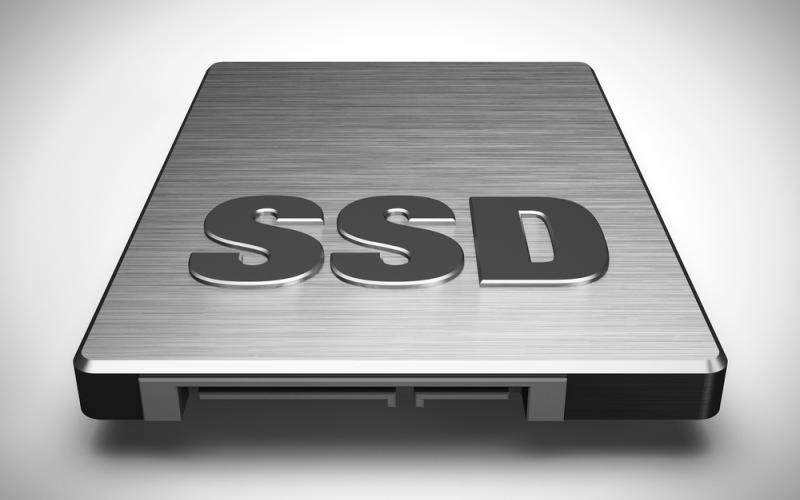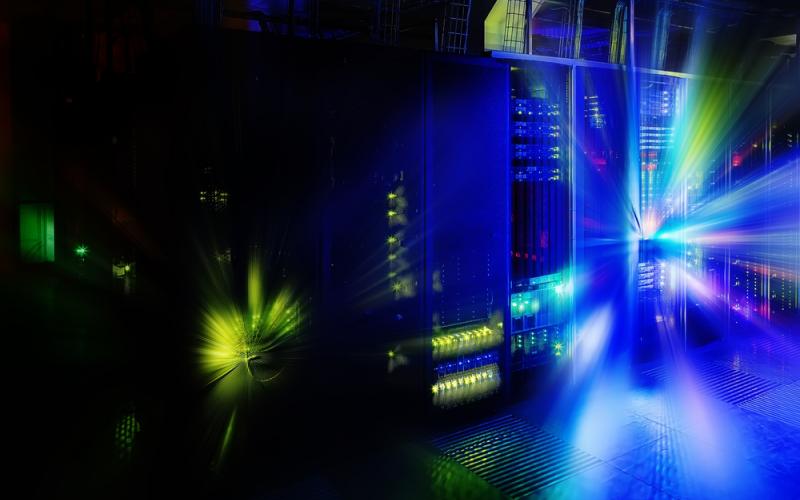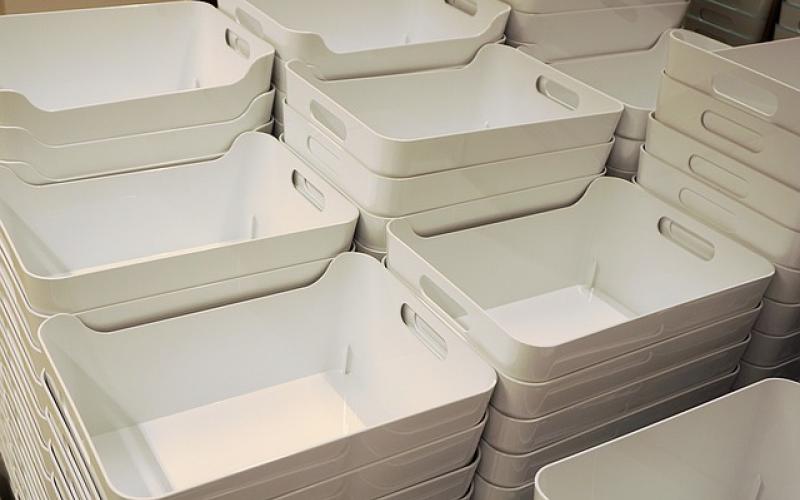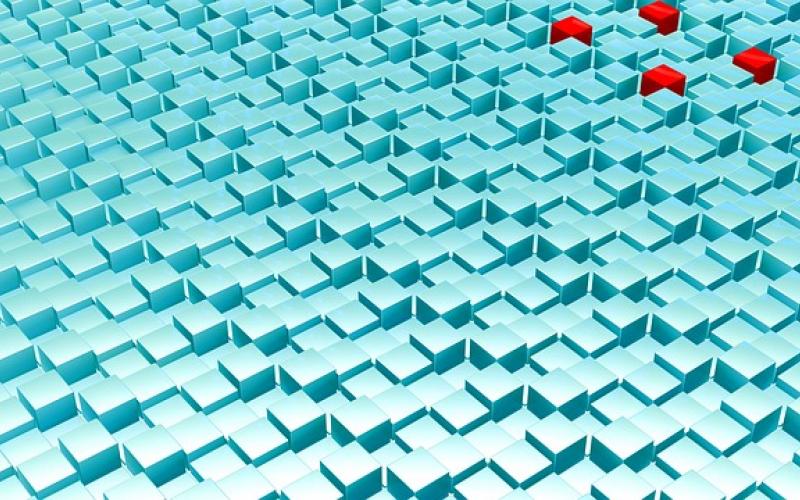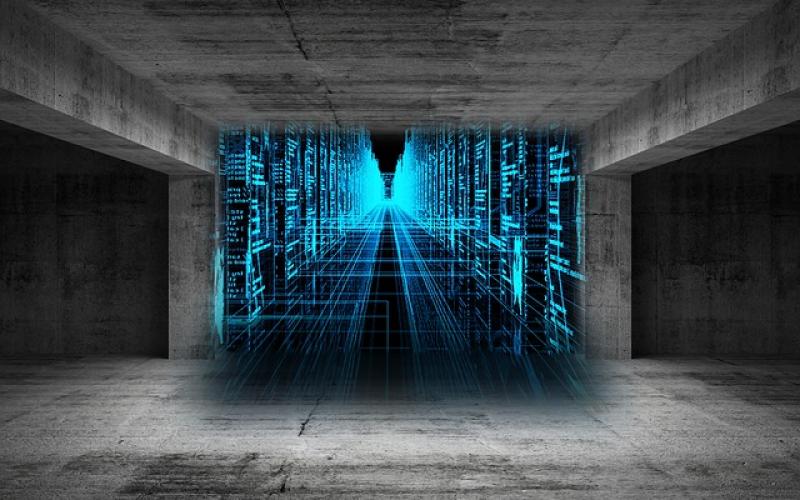Enterprise data storage used to be an easy field. Keeping up meant just buying more drives from your RAID vendor. With all the new hardware and software today, this strategy no longer works. In fact, the radical changes in storage products impact not only storage buys, but ripple through to server choices and networking design.
This is actually a good news scenario. In data storage, we spent much of three decades with gradual drive capacity increases as the only real excitement. The result was a stagnation of choice, which made storage predictable and boring.
Today, the cloud and solid-state storage have revolutionized thinking and are driving much of the change happening today in the industry. The cloud brings low-cost storage-on-demand and simplified administration, while SSDs make server farms much faster and drastically reduce the number of servers required for a given job.
Storage software is changing rapidly, too. Ceph is the prime mover in open-source storage code, delivering a powerful object store with universal storage capability, providing all three mainstream storage modes (block-IO, NAS and SAN) in a single storage pool. Separately, there are storage management solutions for creating a single storage address space from NVDIMMs to the cloud, compression packages that typically shrink raw capacity needs by 5X, virtualization packages that turn server storage into a shared clustered pool, and tools to solve the “hybrid cloud dilemma” of where to place data for efficient and agile operations.
A single theme runs through all of this: Storage is getting cheaper and it’s time to reset our expectations. The traditional model of a one-stop shop at your neighborhood RAID vendor is giving way to a more savvy COTS buying model, where interchangeability of component elements is so good that integration risk is negligible. We are still not all the way home on the software side in this, but hardware is now like Legos, with the parts always fitting together. The rapid uptake of all-flash arrays has demonstrated just how easy COTS-based solutions come together.
The future of storage is “more, better, cheaper!” SSDs will reach capacities of 100 TB in late 2018, blowing away any hard-drive alternatives. Primary storage is transitioning to all-solid-state as we speak and “enterprise” hard drives are becoming obsolete. The tremendous performance of SSDs has also replaced the RAID array with the compact storage appliance. We aren’t stopping here, though. NVDIMM is bridging the gap between storage and main memory, while NVMe-over-Fabric solutions ensure that hyperconverged infrastructure will be a dominant approach in future data centers.
With all these changes, what storage technologies should you consider buying to meet your company's needs? Here are some shopping tips.
(Image: Evannovostro/Shutterstock)







